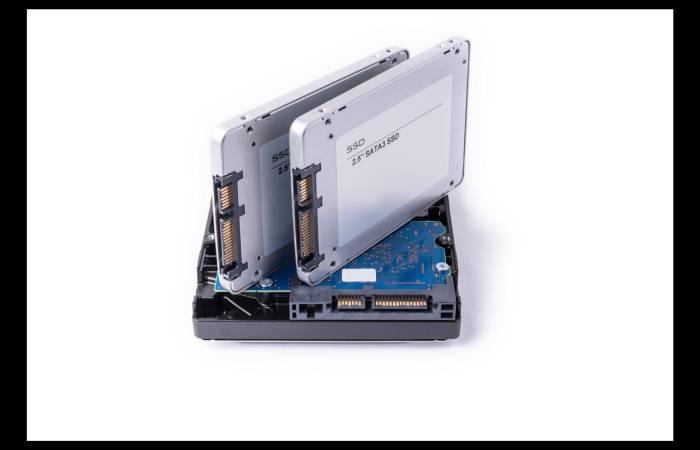Table of Contents
Introduction
AHCI refers to Advanced Host Controller Interface, is a technical standard for an interface facilitating software to communicate with Serial ATA (SATA) devices. Furthermore, these peripheral component interconnect (PCI) class devices transfer data between system memory and SATA storage media.
History of AHCI:
The AHCI is a technical standard that was introduced in 2004 by Intel as a beneficiary to the Parallel ATA (PATA) interface for connecting storage devices to a computer’s motherboard.
AHCI carried improved performance and features like Native Command Queuing (NCQ) to increase the efficiency of SATA-based storage devices. It played a central role in the transition from old-style hard drives to solid-state drives (SSDs) in personal computers.
However, as SSD technology evolved, NVMe (Non-Volatile Memory Express) interfaces replaced AHCI for faster storage performance. Eventually, making AHCI a vital stepping stone in the history of storage interfaces.
AHCI Methodology:
When a computer starts up, the motherboard’s BIOS or UEFI firmware initializes the AHCI controller, recognizing connected storage devices and enabling their functionality. It supports Native Command Queuing (NCQ), allowing the storage device to accept multiple read and write commands and reorder them for optimized execution.
Additionally, AHCI provides a standardized set of registers that the operating system can access to send commands and data to the storage devices. These registers are used to control various aspects of the device, such as power management and error handling.
It uses interrupts to notify the operating system while a storage device has completed a command or encountered an error. Furthermore, it supports hot swapping, which means one can connect or disconnect SATA devices while the computer is running without having to reboot. This is especially useful for external SATA (eSATA) and hot-swappable drive bays.
AHCI offers support for advanced features like TRIM for SSDs, which helps maintain the performance of solid-state drives by marking unused data blocks for removal.
Benefits and Weaknesses of AHCI:
Advanced Host Controller Interface (AHCI) has both benefits & weaknesses:
Benefits of AHCI:
- Improved Performance: It supports features like NCQ, which allows storage devices to execute read and write commands in an augmented order, reducing latency and improving overall performance.
- Hot Swap Support: It enables hot swapping, making it possible to connect or disconnect SATA devices without the need to reboot the computer.
- Widespread Compatibility: It is a widely adopted industry standard. It aids enabling compatibility with a broad range of operating systems, including Linux, Windows, and Mac OS.
- Advanced Features: In addition, it supports advanced features like power management and error handling. Subsequently, helping improve the reliability and efficiency of storage devices.
Weaknesses of AHCI:
- Limited Speed for SSDs: While it offers significant performance improvements over older interfaces like PATA. However, it is not optimized for the full speed potential of modern SSDs.
- Legacy Technology: As NVMe has become the standard for high-performance storage devices, AHCI is considered a legacy technology. Newer motherboards and systems may not fully support AHCI, limiting its usefulness for cutting-edge hardware.
Conclusion:
In conclusion, the Advanced Host Controller Interface has played a central role in the evolution of storage interfaces. It significantly improves the performance and functionality of SATA-based storage devices.
Additionally, its support for features like Native Command Queuing (NCQ) and hot swapping made it a valuable standard for many years. Consequently, enhancing data transfer efficiency and convenience.
However, as technology progressed and solid-state drives (SSDs) became more prevalent, AHCI’s limitations in fully harnessing their speed potential became apparent. Today, the NVMe (Non-Volatile Memory Express) protocol has largely replaced AHCI for high-performance SSDs. Nevertheless this interface remains a reliable and widely compatible option for older systems and legacy hardware.

